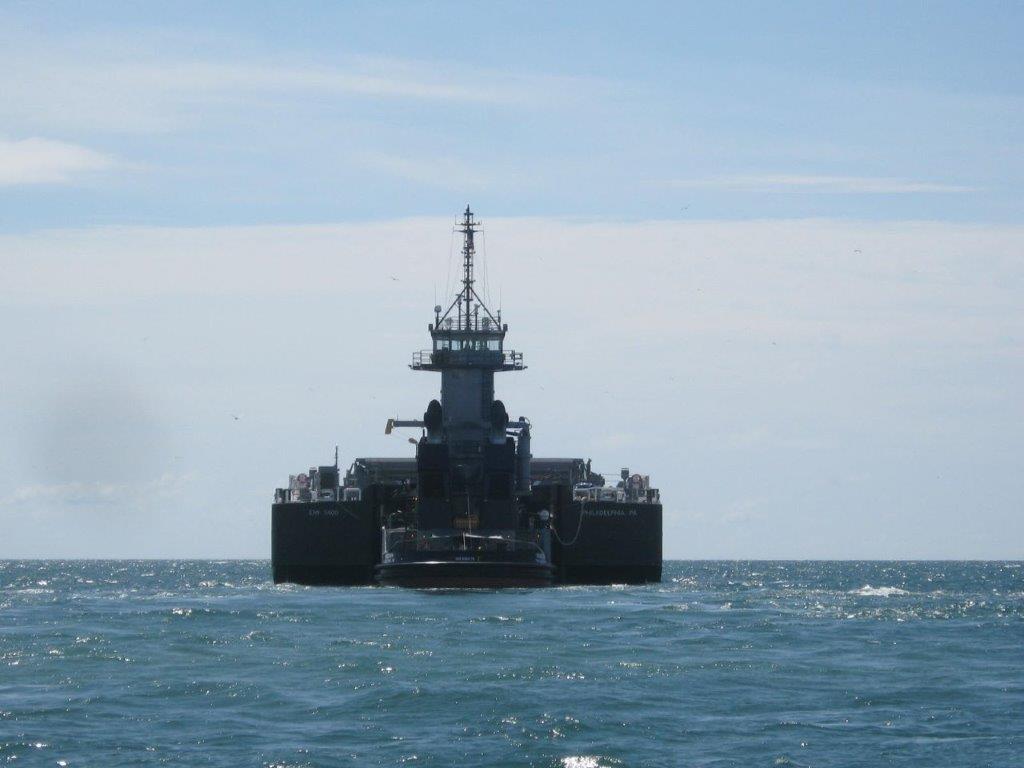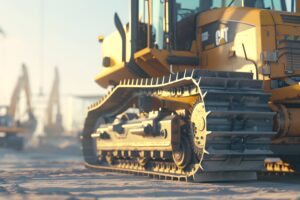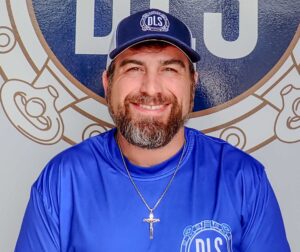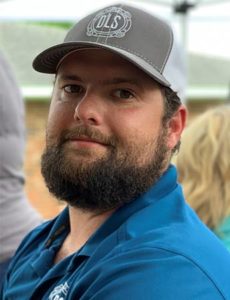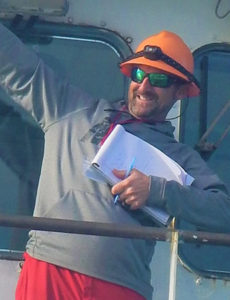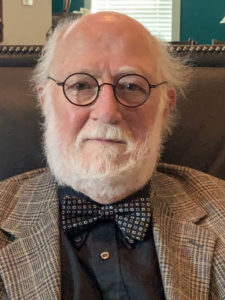- October 24, 2023
- Industry, Marine News
- A Look at Kirby Corporation and Inland Trends
“The courage to press on regardless – regardless of whether we face calm seas or rough seas, and especially when the market storms howl around us – is the quintessential attribute of the successful investor.”
John C. Bogle
While most vessel owners/operators keep their numbers under wraps, publicly traded companies, such as The Kirby Corporation, publish an annual report of their performance for shareholders. These reports are a wealth of information that can help us understand trends in our industry.
Kirby’s income increased over 2021 despite still dealing with the fallout of Covid-19 as well as low water conditions in the Mississippi River during the 4th quarter. With the current river levels just as bad or worse than 2021, we may see repercussions in next year’s report. These external factors demonstrate how events beyond the control of a board of directors can affect a business. About two thirds of Kirby’s 5,200 employees are boat crew. Many tugs experienced extensive downtime and delays due to insufficient crewing as a result of the pandemic. Additionally, the low river conditions in the 4th quarter created a year-over-year increase of 33% in delay days.
Vessel maintenance costs were another influence on Kirby’s bottom line. Although it was not stated in the report, these costs could possibly be attributed to delayed repairs during Covid due to a desire to conserve funds and the possible shortage of shipyard labor. Along these lines, with Subchapter M coming into effect in 2018, the first cycle of 5-year inspections will begin next year.
Kirby’s inland tank barge fleet comprises 26% of the US fleet with 1,037 barges: 356 are 20,000-bbl or less, to include 10,000-bbl chem barges with an average age of 15.4 years. Additionally, 629 are over 20,000-bbl with an average age of 13.8 years. This leaves 52 specialty barges with an average age of 37 years, primarily pressure vessel barges which are more costly to build. As far as commodities transported, Kirby has 800 clean, 152 black oil, 75 pressure, and 10 anhydrous ammonia barges.
Kirby maintains flexibility by historically supplying about one fourth of its horsepower needs through chartered towboats. Kirby’s tow boat fleet is comprised of 277 vessels with an average age of 16.3 years. Of this fleet, 31 vessels are under 1,300-HP, 5 are over 5,000-HP, and the remaining vessels are between 2,000 to 2,400-HP.
The coastwise fleet consists of a total of 29 barges with an average age of 16.7 years and 6 boats with an average age of 11.8 years.
The coastal barge fleet runs from 2 at 30,000 bbls. or under, to 6 at over 150,000 bbls. The largest sector is the 80,000 to 90,000 bbl. range with 9 barges. The boats involved coastwise run from 2000-HP to greater than 7000HP. Twenty-four of the 27 are high horsepower, 4000 to 7000, with a low average age of 10.7 years.
The above numbers include owned and chartered. The deep-water fleet consists of 4 owned dry bulk barges with an average age of 24.1 and 5 owned or chartered offshore tugs with an average age of 31.5. (Included here is a small docking tug that is included with the offshore group.)
While most of Kirby’s work is inland waters, including the major rivers, the Ten-Tom Waterway, the Intercoastal Waterway, the Gulf of Mexico, and Gulf to East Coast runs, they also have deepwater and coastal operations.
From 2006 to 2019, the US inland tank barge fleet increased from 2,750 to approximately 4,000 barges. There has been little change since 2019.
In 1989, Kirby acquired Alamo Inland and Brent Towing, and in 1992, Sabine Towing, Old Man River, and Scott Chotin. In 1999, they were part of the 3rd largest inland tank barge company merge with Hollywood Marine. DLS Marine was involved in the appraisals of much of this equipment. I vividly remember Norm Dufour and me spending a very hot week, sunrise to near sunset, surveying the Hollywood Marine fleet for this merger. More recently, in 2020 Kirby bought out Savage Inland Marine.
According to Kirby, 150 tank barges were built in 2020 to replace the same number that were retired. Six of these were inland pressure barges at a total cost reported to be $39,400,000. The inland pressure barge fleet was aging and the demand for liquified gasses was taking off. In 2021, 70 more tank barges were built followed by an additional 22 in 2022.
The Waterways Journal Barge Fleet Survey reported 99 “specialty liquid barges” were in operation in 2022, down from 105 in 2021. The mean age for this section of the fleet is about 26 years. The fleet survey also said that 5-10 new barges have been ordered for 2023. Growth is expected due to the output of new and enlarged refinery capacity. But there is no expectation of reduced utilization of the current fleet. Around 600 tank barges currently in use are at least 30 years old with 400 of those being at least 40. The average age of the total inland fleet is approximately 17 years. Based on these statistics, the industry standard for a domestic tank barge is to be economically feasible for 35 years.
About 49% of Kirby’s 2022 revenue was from the transportation of petrochemical products, 28% was black oil, including ship bunkers (fuel), and 20% was refined products like gasoline, diesel fuel, jet fuel, heating oils, and ethanol. Petrochemical demand is mostly driven by national and world economies. Domestically, there are also factors, such as the impacts of Covid, hurricanes, and flooding impacts on coastal refineries.
An interesting side note on the use of ship fuels: the most common ship fuel, Heavy Fuel Oil (HFO), is a waste product of the refinery process. With the rapid move towards cleaner ship fuels, something will have to be done with the excess HFO.
In 2020-2021, 65% of Kirby’s income was comprised of long-term contracts leaving 35% to as-needed demand. In 2022, this ratio changed to 60/40. Additional barges are required to meet the output terms of contracts, which leaves fewer barges available for the spot market.
Kirby’s overall operating margin for 2021 was 4.8% while 2022 was 8.4%. This difference was mainly because of Covid and hurricanes in the GOM.
Projecting into 2024 and possibly 2025, many tank barges will have to undergo their 10‑year USCG mandated drydock and inspection. Since 2012, new construction demands have continued to grow, leaving tank barges vying for shipyard space. This, in addition to shortages of qualified shipyard workers, begs the question of how barge inspection requirements will be met. One estimate is that 10% of the entire inland tank barge fleet will be competing for shipyard spaces every year for the next few years. A shortage of barges produced by this mandated inspection program will subsequently increase barge rates. Will steeper barge rates be able to offset the rising shipyard costs? When the oldest barges go through inspection, it may be determined that for some, it is not cost effective to keep them in operation. For some black oil barges, it would cost more to clean the barge for scrap than the scrap value itself.
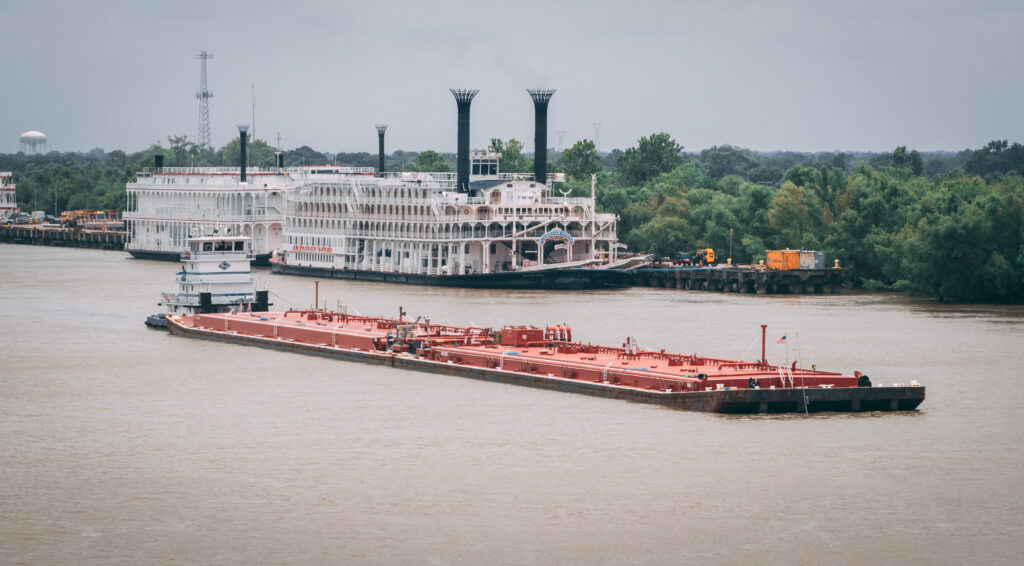
KIRBY COASTAL
Kirby operates 11% of the vessels in the coastal movement of liquid cargoes from black oil to refined products. They service the east coast and Gulf coast from Maine to Texas and the Pacific coast from southern California to Washinton. The entire Jones Act coastal fleet of tank barges of 195,000-bbls or less consists of 270 barges operated by 20 companies. The average age of these barges is 16 years with less than 10% of the fleet over 25 years. Many of these barges will need to comply with the USCG ballast water treatment regulations at a cost that can exceed $1,000,000. This, and the generally low utilization of barges in this sector, may force scrapping older barges.
As with inland, the barges are in black oil and refined products use. Twenty-one are in refined service and 8 are black oil. Most of this is done under term contracts that usually last more than a year. In 2020, 85% were term and 15% spot. In 2021, it was 80/20 and in 2022, 75/25.
There are several offshore dry cargo barges that Kirby runs on long-term contract, transporting raw sugar from Florida up the east coast. These hoppers can alternatively carry fertilizer, coal, and occasionally rain.
Kirby does not anticipate building new ATBs for coastal service. They are diversified with both term and spot contracts and numerous routes. Five of their customers accounted for 17-18% of their revenue between 2020-2022 with no single customer accounting for more than 10%.
The refining capacity of the US is decreasing, so the refined products available must be reallocated to include areas that have lost their local product sources. Gulf coast products are now being shipped to the west coast tying up Jones Act tankers on longer runs, resulting in higher costs for these products. Smaller refineries are now positioned along the inland river system, increasing the need for inland tank barges. Unfortunately, no one is building them.
Per Kirby’s President, Christian O’Neil, the cost of a 30,000-bbl tank barge has increased greatly over the last several years. Steel costs are up 200%, electrical wiring up 30-40%, paint 25%, and consumables (like oil filters) are up 125%. On the boat side, O’Neil comments that the regulatory need for Tier 4 engines can increase the cost of a towboat by 1MM.
The rates for moving commodities on the inland river system need to be increased 30‑40% to entice owners to invest in equipment that will be meant to last 30-40 years. That is a hard sell.
Coastal tankers fall under the IMO regulations. At a minimum, they must have scrubbers or dual-fuel and in 10-15 years, they may require engines that run on methanol or hydrogen. The owners are also facing the prospect that in 15 or more years the demand for gasoline, aviation fuel, and diesel may be waning as they are replaced by solar, wind, and other alternate power sources.
Another concern looming worldwide is that mariners are aging out of the industry. A new workforce requires training and inevitable turnover costs. Automation, robotics, and AI can only do so much and will take at least a decade to get limited acceptance due to insurance and legality considerations.
A GENERAL LOOK AT INLAND
Low water conditions have a dramatic effect on tonnage carried as well as the width and length of the tows possible. Hopper barges can only load at partial capacity, at around a 9’ draft. That reduces the capacity of a 14’ deep hopper barge from 2300 tons to 1650 tons, about a 30% loss.
In response, this means the fewer barges available can warrant higher prices. Alternatively, this could be a win for boats open to chartering as additional boats are needed to move the smaller tows.
Regarding the coal market, it is on the decline from 2022 as natural gas becomes cheaper. Coal fired power plants are either closing or reducing their operational capacities. Some of the revenue generation from coal deliveries in Q1-Q2 were to refineries that were idle. Coal fired plants now have stockpiles that should last 3-4 months as they were receiving coal even as usage went down.
Comparing 2nd quarter 2022 to 2nd quarter 2023, coal use for electrical generation is down 25.8 % while natural gas is up 7.9% and solar 11.2%.
Fasten your seatbelts, the future of inland river transportation might get a bit choppy.
-Norman Laskay
If you’d like to keep this conversation going, please email me at nlaskay@DLSmarine.com
